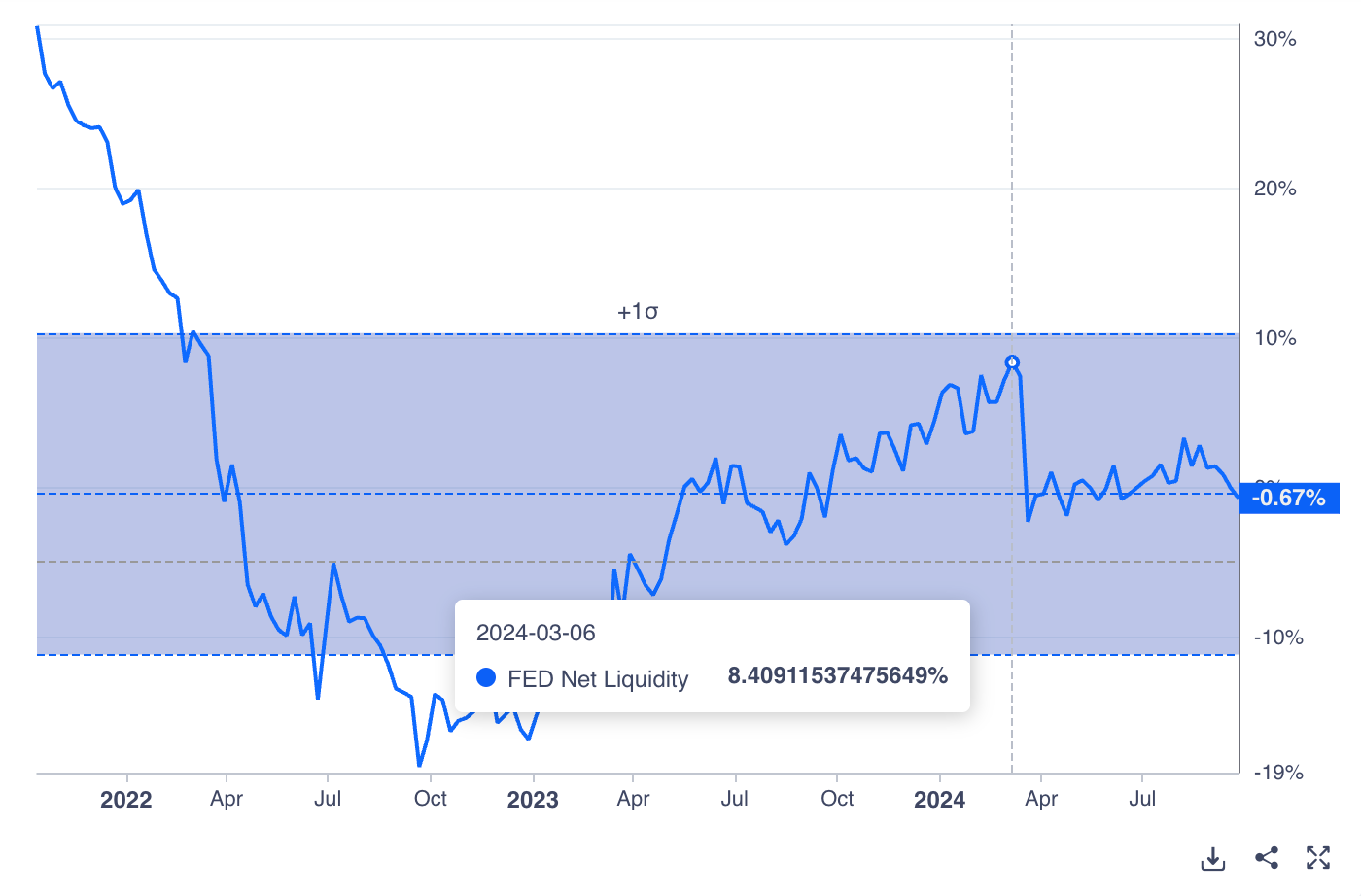The Market Party Begins
The Biggest Financial Lie You’re Still Believing
Since March of this year, when cryptocurrencies hit their all-time highs (in USD), we've witnessed them moving "sideways." There have been dips of 10-20% along the way, but they have consistently recovered to previous levels.
As we have mentioned numerous times in our newsletters, today’s money has lost all its value. Every single unit of currency in the markets is, in essence, debt.
Keep this in mind: the money you have in your pocket is someone else's debt, whether it's from an individual, the government, or any entity you can think of. This means we live in a world filled with promises. Your worst enemy could have bought a car with your money, and if they default on the loan, the bank might not be able to return your funds, while your enemy has already enjoyed their Range Rover.
It’s not as straightforward, but that’s the reality—like it or not. Since 1971, the rules of the game changed, and today money is worth nothing (and neither are bonds). Similarly, if your money isn't growing at an annual rate of 10-15%, you're losing purchasing power at an unprecedented pace.
This is why we emphasize so much on owning Hard Assets—tangible assets that retain value.
One of these, and perhaps the most relevant today, is Bitcoin. Remember the chart we shared earlier, showing Bitcoin reaching an ATH (All-Time High) in March of this year? Take a look at how global liquidity changed YoY and when it peaked…
Exactly—March of this year. So, what has happened since then? It has remained stable.
If there's one thing I’m certain of, it’s that in today’s economic context, deflation is far more dangerous than inflation under modern monetary theory. In a deflationary environment, people would save more, which would make it difficult to pay taxes, reduce government services, and, most critically, governments would face defaults. To cope with this, they would need to print more money, pushing us into stagflation (inflation + recession).
This always leads me to think that despite periods of quantitative tightening (QT), there will always be more debt.
We are in a unique moment.



